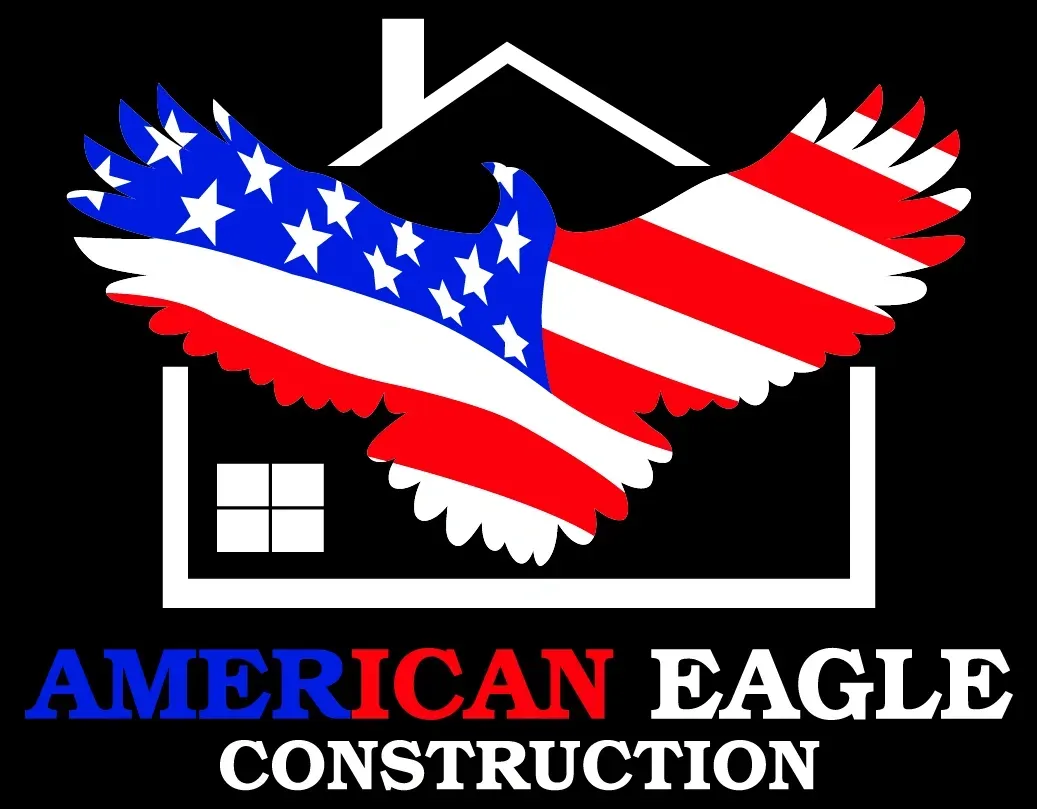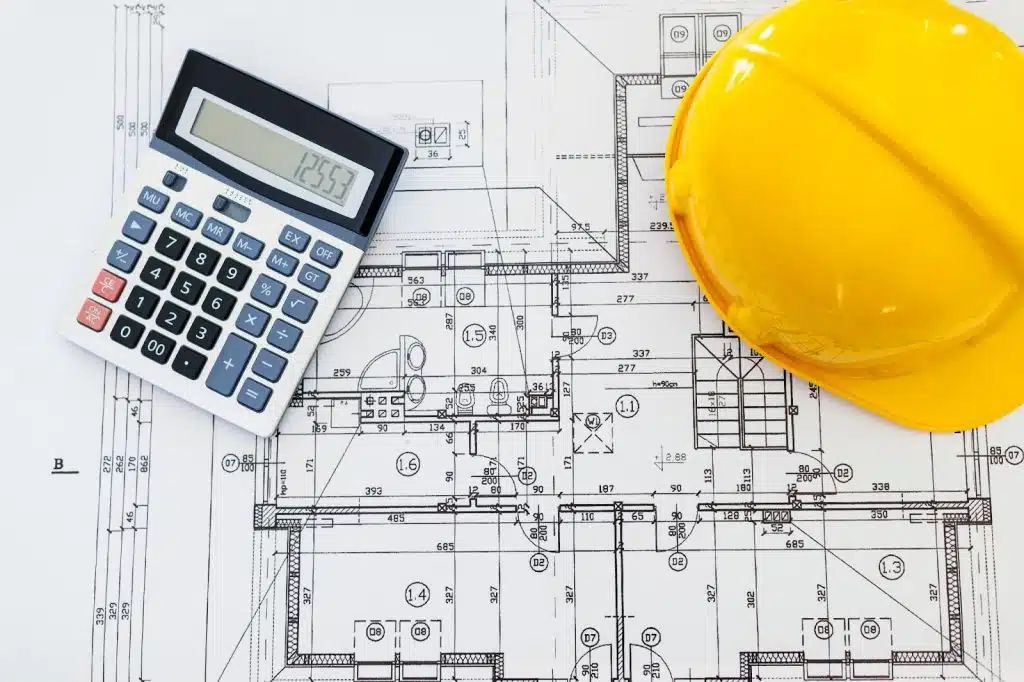
Pros and Cons of Engineered Wood Products | Complete Guide
Understanding the Pros and Cons of Engineered Wood Products: A Heartfelt Guide to Making the Right Choice
In the world of construction and home renovation, selecting the right materials is a decision rooted in both practicality and passion. At American Eagle Construction, we believe that understanding the subtleties of building materials like engineered wood can truly elevate your project—not just in durability and aesthetics, but in creating a space where heart and home meet. This guide aims to walk you through the heartfelt nuances of the pros and cons of engineered wood products, empowering you to make choices that resonate with your dreams and values.
What Are Engineered Wood Products and Why Are They Gaining Popularity?
Engineered wood products are manufactured materials designed to optimize the natural qualities of wood while addressing some of its limitations. Unlike solid wood, which consists of one continuous piece, engineered wood combines layers of wood fibers, veneers, or strands bonded together with adhesives under heat and pressure. This process results in versatile, sustainable, and cost-effective materials that are increasingly favored in both residential and commercial construction.
From laminated veneer lumber to cross-laminated timber, these products offer a range of applications—from framing and flooring to furniture making. For those who cherish craftsmanship with a purpose, understanding how engineered wood compares to traditional options is essential. Whether you’re contemplating a new home or upgrading an existing space, exploring the way architecture differs by region can provide valuable insights into material choices suited for your specific environmental and stylistic context.
What Are the Heartfelt Benefits of Using Engineered Wood?
Sustainability is more than just a trend; it’s a heartfelt commitment to preserving our planet. Engineered wood utilizes smaller, faster-growing trees and maximizes the use of forest resources more efficiently than traditional solid wood. Its manufacturing process results in less waste, and some products even incorporate recycled wood fibers, making it a compassionate choice for environmentally conscious builders and homeowners.
Engineered wood is renowned for its strength and stability. Thanks to its layered construction, it resists warping, shrinking, and swelling better than solid wood—traits that are crucial for maintaining the integrity of your home over time. This durability makes it an excellent choice for flooring, beams, and framing, ensuring your investment stands the test of time.
From rustic charm to modern minimalism, engineered wood offers a wide array of finishes, grains, and textures. This versatility enables homeowners and designers to craft personalized spaces that truly feel heartfelt, reflecting individual style while maintaining structural integrity. Curious about regional design influences? Discover how different regions inspire architectural choices.
What Are the Major Drawbacks of Engineered Wood That You Should Consider?
While engineered wood offers numerous benefits, it often contains adhesives and resins that can emit volatile organic compounds (VOCs). For sensitive individuals or those aiming for a truly eco-friendly home, it’s essential to choose products with low or no VOC emissions. Research and selecting certificated products can help mitigate this concern.
Although engineered wood is durable, it may be more susceptible to moisture damage if not properly sealed or maintained. Water exposure can compromise the layered structure, leading to swelling or warping. Proper installation and upkeep are vital—something that your trusted contractor can assist with to ensure lasting beauty and function.
While engineered wood can mimic the look of traditional hardwood remarkably well, some purists feel it lacks the authentic character of full-length solid planks. Nevertheless, advances in manufacturing techniques have significantly narrowed this gap, offering stunning, natural-looking options that can be tailored to your aesthetic heart’s desire.
How Can You Make an Informed Decision About Using Engineered Wood?
Making the right choice involves weighing the heartfelt benefits against the potential drawbacks within the context of your specific project. Here are some actionable steps:
- Assess Your Environmental Priorities: Seek out certified low-VOC products and recycled options.
- Consult Local Architectural Experts: The expertise of licensed professionals, such as those you can find through licensed residential architects near you, can guide material selection suited to regional climates and design goals.
- Match Materials to Your Lifestyle: If your household is sensitive to indoor air quality or moisture, prioritize engineered wood options that address these concerns.
- Think Long-Term: Consider durability, maintenance, and aesthetic longevity—your home’s story deserves to be told through high-quality materials.
Where Can You Find Expert Guidance on Architectural and Construction Choices?
Choosing the right materials and design approach can seem overwhelming, but expert professionals can make the journey heartfelt and fulfilling. Whether you're exploring how to choose an architect or searching for architects with experience in your area, the right guidance ensures your project aligns with your vision and practical needs.
What Final Tips Will Help You Embrace the Heartfelt Journey of Building?
Ultimately, selecting engineered wood products involves aligning your values with your practical needs. By understanding the pros and cons of engineered wood products, you’re taking a meaningful step toward creating a space that’s not only durable and beautiful but also reflective of your heart’s desires and care for the environment. Remember to collaborate with experienced architects and builders who listen and translate your dreams into reality.
Frequently Asked Questions (FAQs) About Engineered Wood Products
Many engineered wood products are designed with sustainability in mind, utilizing recycled materials and efficient forest management. Always look for certifications like FSC or PEFC to confirm environmental claims.
With proper installation and maintenance, engineered wood floors can last 20-30 years or more, making them a heartfelt investment in your home’s longevity.
While some engineered wood can be sanded and refinished, it often has a thinner top layer than solid wood. Check with your supplier or contractor for the best approach for your specific product.
Ensure professional installation, proper sealing, avoid excessive moisture, and use gentle cleaning methods. Regular maintenance preserves both aesthetic and structural qualities.
In Closing
Choosing the right building materials is an act of love — love for your home, your environment, and your future. Engineered wood products offer a heartfelt balance of sustainability, strength, and beauty, ready to support your dreams. At American Eagle Construction, we are passionate about guiding you through every step of your journey, ensuring that your decisions resonate with your deepest aspirations.














